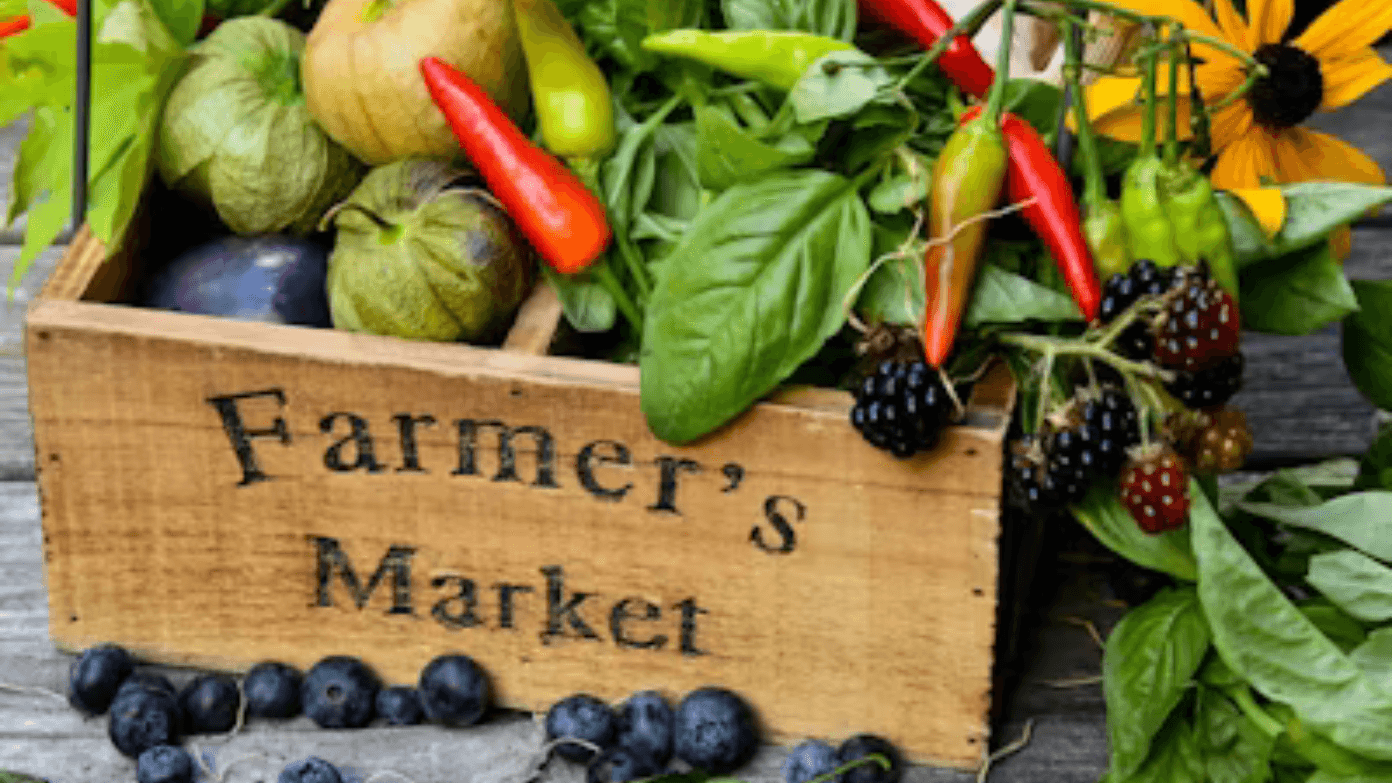The Supplemental Nutrition Assistance Program (SNAP) helps millions of Americans purchase healthy food, including at farmers’ markets nationwide. While supermarkets remain primary sites for SNAP Electronic Benefits Transfer (EBT) purchases, thousands of farmers’ markets are also EBT-accepting, making fresh fruits and vegetables accessible to more individuals and supporting local agriculture. Understanding eligibility guidelines, redemption processes, and incentive programs can help recipients maximize their benefits while helping to strengthen community food systems.
Qualifying purchases at farmers’ markets
The majority of foods bought at farmers’ markets, which are unpreserved, fall under SNAP benefits, which aligns with the purpose of the program, good nutrition. These include fruits, vegetables, herbs, meat, poultry, fish, milk products, eggs, bread products, honey, maple syrup, seeds, and food-product plants. These foods enable beneficiaries to introduce variety into their cuisine with foods being in season, locally produced, and which may or may not show up in urban groceries.
Exclusions mirror federal SNAP policy, with no purchase allowed of hot prepared foods, alcohol, tobacco, vitamins, pet food, or other non-food items such as soaps or crafts. Markets must make ineligible items easily recognizable in order to avoid accidental sale, but enforcement depends on vendor training and consumer awareness.
Redemption process and token systems
Most markets utilize token-based systems for processing EBT transactions. Beneficiaries first go to a special information kiosk and employees swipe the EBT card for an authorized amount. They get wooden tokens, paper scrip, or magnetic-strip cards back in exchange, equivalent to the amount drawn. These are utilized as market money for the purchase of products from several vendors and offer transaction security.
Some of the major operating rules are:
- No change in cash: Merchants cannot make change for tokens, but unused balances can be topped up on EBT cards at participating markets.
- Validity for repeated visits: Tokens usually have no time restrictions, so use can be spread across market days.
- Discreet appearance: Most markets employ generic tokens that cannot be distinguished from cash substitutes for purposes of keeping users anonymous.
The USDA requires markets to implement point-of-sale (POS) systems that are centralized, typically run by market employees or volunteers. This infrastructure shift has increased rural market participation, with wireless POS units utilized in areas where there are no landlines.
Financial incentives and matching programs
Over 40 states have dollar-for-dollar matching programs that increase SNAP purchasing power. Utah’s Double Up Food Bucks, for instance, adds up to $30 per day in bonus funds for Utah-produced fruits and vegetables, doubling recipients’ budgets for fruits and vegetables. Maine’s Harvest Bucks and Arkansas’ Market Match also rely on similar plans, often funded by USDA grants or nonprofit funding partnerships.
The programs lower nutritional disparities by:
- Encouraging produce purchases: Lowering effective prices for fresh fruit and vegetables
- Supporting small farms: Increasing income opportunities for local farmers
- Building market access: Recruit new SNAP customers with economic incentives
New USDA data show that matching program participants purchase 25% more vegetables than non-participating SNAP households.
Finding participating markets
The USDA National Farmers Market Directory has over 8,000 SNAP-accepting markets listed by ZIP code and type of payment. State agencies like Utahns Against Hunger and the Maine Federation of Farmers’ Markets provide up-to-date information about seasonal locations and incentives.
On the rise are:
- Mobile markets: Rehabbed trucks or buses taking SNAP-eligible items into food deserts
- Online pre-ordering: Hybrid models that allow EBT consumers to preorder produce for pickup
- Winter markets: Extended seasons through greenhouse partnerships in northern states
2025 program updates
New SNAP reforms affect farmers’ market use:
- Benefit hikes: Maximum allocations rose 12% for contiguous states, where a family of four now qualifies for $975 monthly.
- Age waivers: Waivers of work requirements now apply to adults over age 54, veterans, and former foster youth, possibly expanding eligible shopper bases.
- Technology upgrades: Pilot programs for testing EBT integration with mobile payment applications to decrease token reliance
Hawaii’s markets are a model adaptation strategy, employing wireless POS systems at beachside markets and cultural festivals to reach outlying communities.
Overcoming participation barriers
Even with innovation, there are still barriers. Only 63% of U.S. farmers’ markets participate in SNAP, frequently because:
- Administrative barriers: Markets need to obtain FNS licenses and educate vendors about eligibility requirements
- Transaction fees: Waived for non-profits, but 3-5% per transaction is remitted by for-profit vendors
- Gaps in awareness: 42% of SNAP recipients remain unaware of market options, as reported by USDA surveys
Organizations like the Farmers Market Coalition provide toolkits in support of markets’ use of EBT system, emphasizing streamlined accounting and community outreach.
Read more: Can bottled water be purchased with SNAP Payment benefits and what is covered by Food Stamps?
Read more: Can alcoholic drinks and energy drinks be purchased with SNAP Payment benefits and what is covered by Food Stamps?

